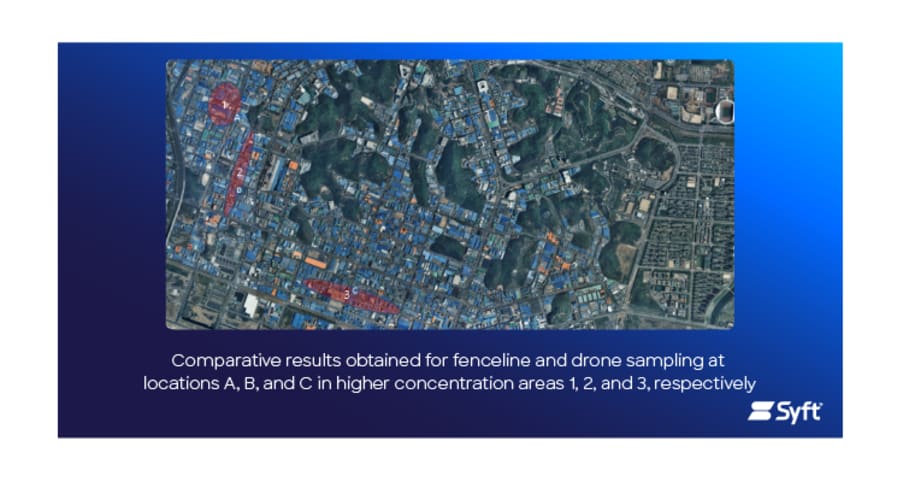
Ion pair reversed phase liquid chromatography (IP-RP) is the gold standard for the analysis of oligonucleotides. However, the costs and the environmental aspects of commonly used fluor alcohols like 1,1,1,3,3,3-hexafluoro-2-propanol (HFIP), require alternative approaches. This application note based on the work of Hayashi and Sun [1] shows a non-IP-RP method for the analysis of therapeutic oligonucleotides using ammonium bicarbonate as mobile phase additive. Ammonium bicarbonate seems to have a positive effect on the MS sensitivity. Under heated conditions (about 60°C), it degrades into ammonia and highly volatile CO2 forming bubbles in ESI droplets [2]. Furthermore, the equilibrium between ammonia and ammonium ions could be an important factor (NH4 + ⇌ NH3 + H+ ). In an electrospray ionisation (ESI) droplet the ammonia vaporises leaving protons in the droplet, that can form adducts with the analytes. Therefore, ammonium bicarbonate in combination with the high performance of the used bioinert coated YMC Accura Triart C18 column are the ideal prerequisites for a highly sensitive detection by mass spectrometry (MS). The method’s applicability is proved by analysing various commercially available oligonucleotides with chemical modifications including six antisense oligonucleotides (ASO), three siRNA as well as four of their analogues. The analysis of lumasiran (Lum, Oxlumo® ) in reconstituted plasma demonstrates the applicability of this method for bioanalyses.





